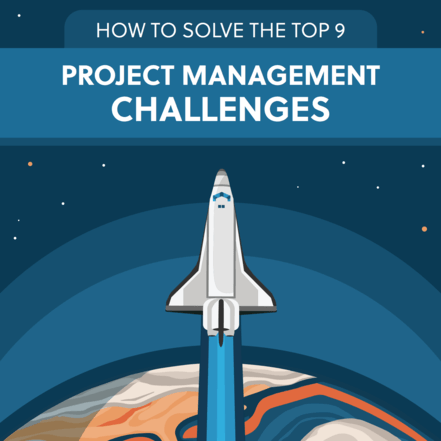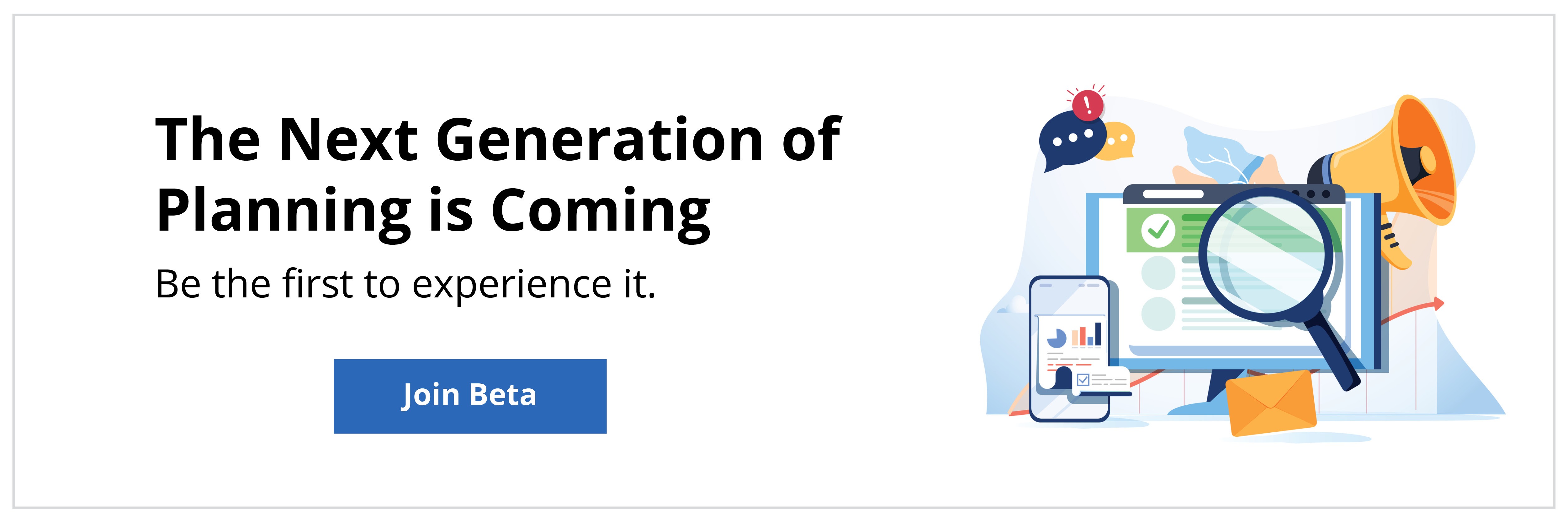The project management industry has put a lot of focus in recent years on the importance of stakeholder relationships. Project management practitioners and leading thinkers in the field have emphasized that a good project manager isn’t just someone who is good at keeping track of all the tasks that need to be completed. A good PM is also someone who can balance stakeholder needs and interests, and ensure that all parties pull together and support the project in delivering a valuable outcome.
But how does the project manager make this happen?
1. Understand who the stakeholders are
The first step in building great relationships with project stakeholders is to understand who they are. Many projects get delayed or end up not delivering the value they promised because the project manager failed to identify and engage all of the stakeholders. This means that essential requirements, needs or insights might have been missed.
To find out who all the stakeholders could be, brainstorm groups and individuals who have an interest in the project or who will be affected by it. Whenever you identify a stakeholder, ask them if there’s anyone else they believe you need to speak to. Keep going until you’re sure you have identified all of them.
2. Pinpoint stakeholders with high levels of power and influence
If you’re leading a large project, you won’t be able to spend an equal amount of time with every stakeholder. Naturally, you will have to engage and learn about every group or person you have identified, but the people you need to concentrate your efforts on are those with the most power and influence.
Look at all the stakeholders on your list and assess who the three to five most impactful people are, i.e.: Those who have the power to define your project, who can affect its direction, and who can help move it forward. Always make sure that your relationships with these influential decision-makers are the best that they can be.
3. Engage in a one-to-one conversation
Building great relationships isn’t about the amount of time you spend with someone, but about the quality of that time. Consider for instance how many people you interact with in meetings without knowing much about them. Great relationships are built through one-to-one conversations where you can find out more about what makes each person tick. Stakeholders are busy people, so respect their time by keeping your discussions as short as possible. Come prepared and let them know that the purpose of the meeting is to uncover anything that can help the project be successful—including how the two of you will be working together.
4. Seek to understand their world
At the most fundamental level, project stakeholders will only open up to you and trust you when they feel that you understand them and that you have their best interests at heart. Your most important task is to inquire about their stake in the project, their requirements and any knowledge or experience they have that can help deliver an outcome that adds more value.
Ask stakeholders what a successful project looks like in their eyes, such as:
- What their hopes and concerns are
- How they would like you to keep them updated throughout the project
- If a weekly status report will suffice, or
- They’d prefer a regular phone call
Be curious and find out as much as you can about each person and their communication preferences.
5. Communicate with clarity and honesty
To deepen the level of trust between you and each stakeholder, it’s imperative that you communicate with clarity and honesty and that you don’t sweep anything under the rug. Your stakeholders want to know what the true state of the project is, how it affects them, and if there is anything they can do to help.
Send out weekly or bi-monthly status reports with an executive summary, an overview of which milestones have been delivered and which ones are still outstanding. Include the project’s top five risks and issues with actions and owners. Similarly, conduct a monthly steering committee presentation where you talk about the real status of the project and what support you need from the committee members, if any, to overcome roadblocks and move the project forward.
6. Continuously demonstrate your competence
Building good relationships with project stakeholders is not a one-off exercise or something that only happens at the beginning of the project. Continuously walking your talk and delivering on your promises will help you to further develop each relationship.
This can be done by demonstrating that you are a reliable and competent project manager—someone who is skilled at defining the project, locking down the scope, creating a realistic plan, capturing requirements, managing risks, tracking the budget, and understanding the context of the business you are operating in. You can also demonstrate your competence by keeping meetings on track, capturing agreements and decisions, and holding people accountable for their actions.
Excellent stakeholder relationships can be built through one-to-one conversations where you take an interest in each person’s world and help them get their needs fulfilled through the project. Be as open and honest as you can in your communication and treat your stakeholders like a valued client who you would like to be of service to.
If you liked this article and would like to master some of the most common project management challenges, download our eBook, How to Solve the Top 9 Project Management Challenges.









